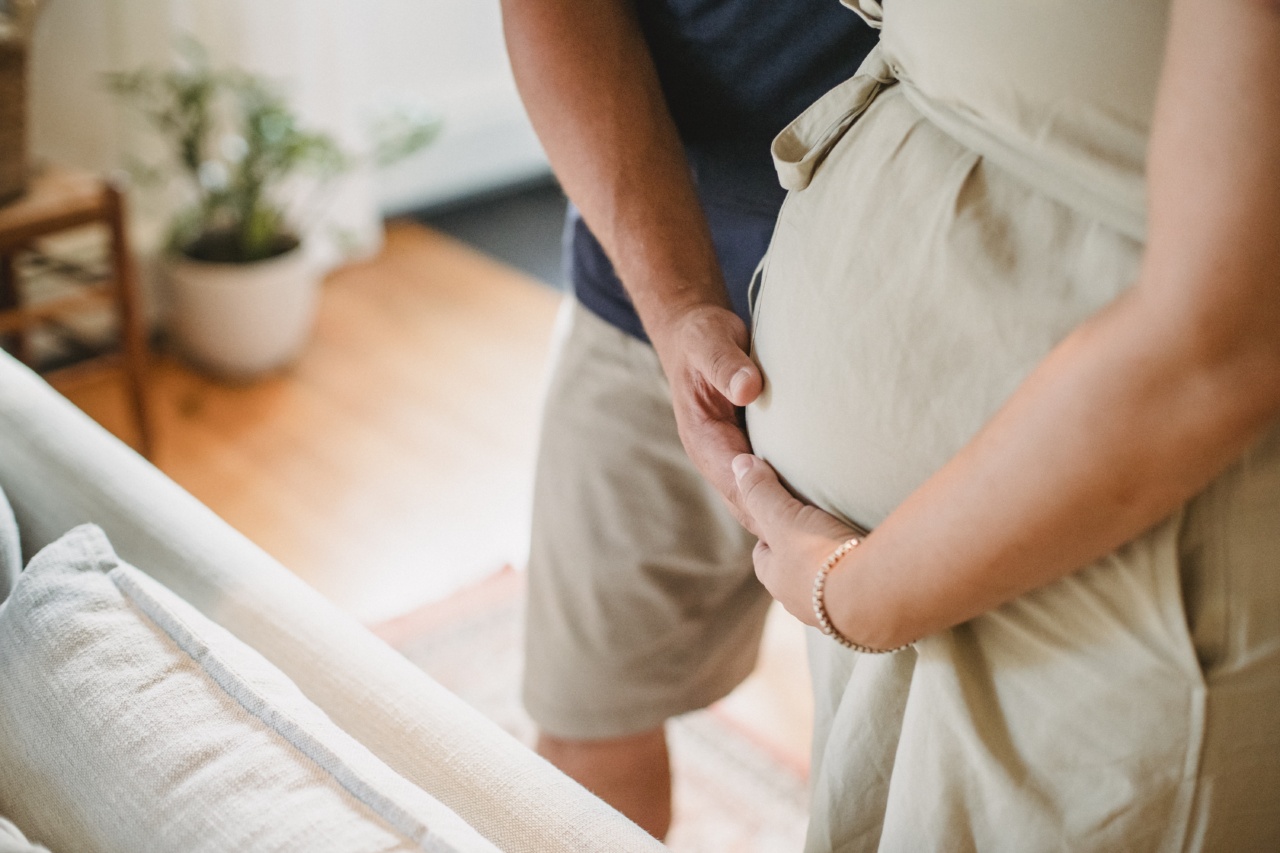Pregnancy and childbirth are natural processes that have been occurring for thousands of years. While much is known about the stages and development of pregnancy, there are also many lesser-known facts and trivia surrounding this incredible journey.
In this article, we will explore some of the unknown trivia about pregnancy and childbirth.
Fetal Development
During pregnancy, a fertilized egg grows and develops into a fully-formed human being. Here are some fascinating facts about fetal development:.
1. Quickening
Quickening refers to the first movements felt by a pregnant woman from her baby. It usually occurs between 16 and 25 weeks of pregnancy. The sensation is often described as flutters or bubbles.
2. Vernix Caseosa
Vernix Caseosa is a white, waxy substance that covers the baby’s skin to protect it from the amniotic fluid. It also helps with temperature regulation and prevents the skin from wrinkling.
3. Lanugo
Lanugo is the fine, downy hair that covers a baby’s body during pregnancy. This hair usually falls off before birth, but premature babies may still have some lanugo at birth.
4. Hiccups
Babies can experience hiccups while in the womb. These hiccups can be felt by the mother as rhythmic movements. They are believed to help with the development of the baby’s diaphragm.
5. Taste Buds
Babies develop taste buds as early as 8 weeks gestation. They can taste the flavors of the amniotic fluid, which can be influenced by the mother’s diet. This can shape their food preferences later in life.
The Journey of Labor
Childbirth is a momentous event that brings the baby into the world. Here are some lesser-known facts about the journey of labor:.
1. Labor Starts Even Before Contractions
Contractions are often considered the first sign of labor; however, the process actually begins before contractions start. The cervix begins to soften and thin out in preparation for birth, a process known as effacement.
2. Different Types of Contractions
Contractions during labor can vary in intensity and duration. The two main types of contractions are effacement contractions, which help prepare the cervix, and active labor contractions, which dilate the cervix and push the baby downward.
3. The “Bloody Show”
The “bloody show” is a discharge of mucus mixed with blood that can occur during labor. This is a normal part of the process and is typically a sign that the cervix is dilating and effacing. It can happen before or during labor.
4. The “Fetal Ejection Reflex”
The fetal ejection reflex is an instinctual pushing reflex that occurs during the pushing stage of labor. It is an involuntary response that helps propel the baby out of the birth canal. This reflex is often described as an intense urge to bear down.
5. Pain Relief Hormones
During labor, the body releases endorphins and other pain-relieving hormones to help cope with the intensity of contractions. These hormones can create a state of euphoria or a “birth high” for some women.
Postpartum Trivia
The postpartum period is the time following childbirth when a woman’s body undergoes various physical and emotional changes. Here are some intriguing postpartum trivia:.
1. Breast Milk Composition
Breast milk composition can vary depending on factors such as the mother’s diet. It contains antibodies, enzymes, and other immune-boosting substances to help protect the baby from infections and diseases.
2. Lochia
Lochia refers to the vaginal discharge that occurs after childbirth. It consists of blood, mucus, and tissue from the lining of the uterus. Lochia typically lasts for a few weeks and gradually changes in color and consistency.
3. Baby Blues
Many women experience mood swings and emotional changes after giving birth, often referred to as the “baby blues.” These feelings of sadness, irritability, and anxiety are usually temporary and resolve within a few weeks.
4. Hair Loss
Some women may experience hair loss a few months after giving birth. This is due to hormonal changes and is usually temporary. The hair typically regrows within a few months.
5. Uterine Involution
Uterine involution is the process by which the uterus returns to its pre-pregnancy size and position. It takes approximately 6-8 weeks for the uterus to fully involute.
Conclusion
Pregnancy and childbirth are awe-inspiring journeys filled with remarkable facts and trivia.
From the development of the fetus to the intricate process of labor and the postpartum period, there is much to learn and appreciate about this incredible experience.



























